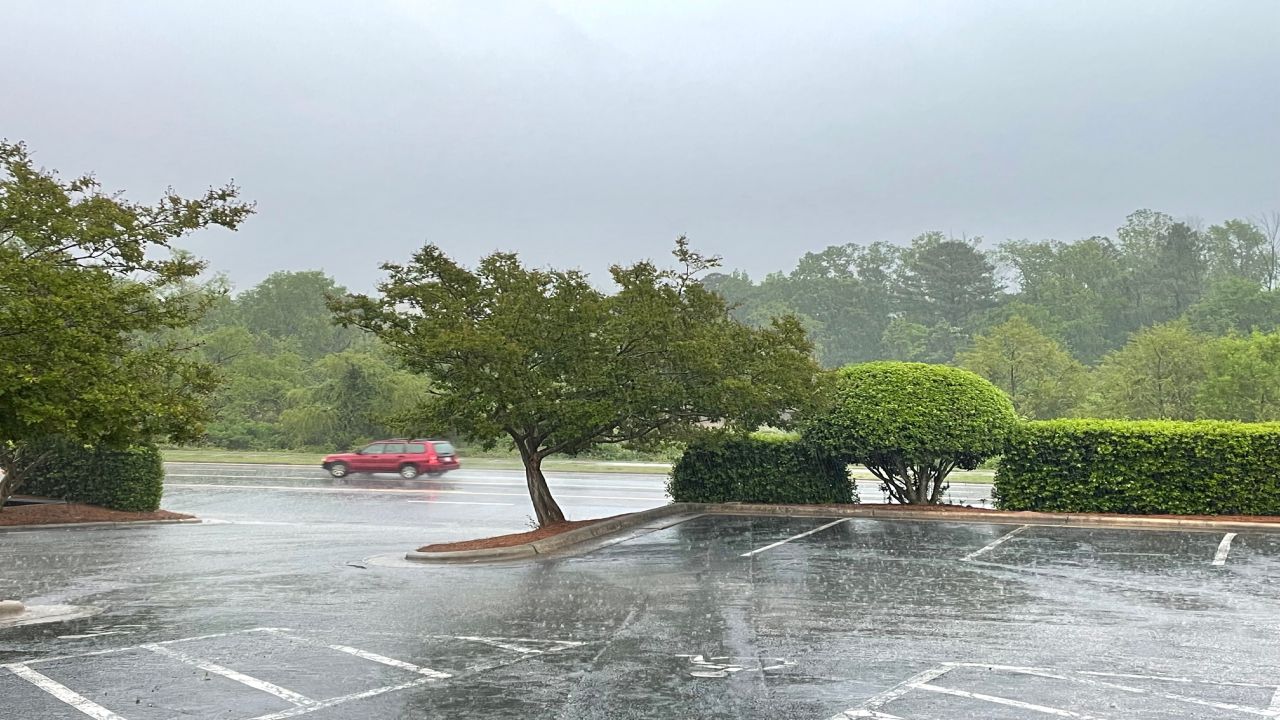New York state is dealing with a nation-leading migration, meaning more people leave the state than any other. It's a big challenge, as the Empire State two years ago lost a seat in the U.S. House of Representatives, and could lose more.
For decades, hundreds of thousands of New Yorkers have left New York state every couple of years for other states.
“In a way, our number one export has been people,” said E.J. McMahon of the Empire Center for Public Policy, an Albany-based nonpartisan think tank.
Experts like McMahon say a number of those people relocate to nearby states like New Jersey, Connecticut or Pennsylvania. The state’s population though, is not shrinking.
What You Need To Know
- Thirty seven of the 50 New York's upstate counties lost population in the decade leading up to the pandemic
- Experts say the cost of living is driving people away, while the lack of opportunity is keeping people away from upstate communities
- The state's population is not shrinking, despite an exodus because of an increasing birth rate and immigration
“The birth rate has been higher than the death rate, particularly downstate,” McMahon explained. “And the other reason is because of an influx over decades of foreign immigrants.”
McMahon said New York City has seen the largest exodus, but many of those people are replaced. The same can’t be said for most upstate communities.
“In the decade leading up to the pandemic, 37 of the 50 upstate counties lost population,” he said.
McMahon said it’s hard to pinpoint exactly why the Empire State is experiencing what he calls a stagnated period of growth, but he believes there are a few obvious contributing factors, including the high cost of living downstate.
“People don’t stay upstate because there is not opportunity upstate,” he said. “We lose a lot of our young people. There has been a brain drain from our upstate regions for quite a while.”
An unfavorable tax climate is also contributing factor. McMahon said a property tax cap enacted more than a decade ago has been helpful, but other state policies have been counter-productive in attracting and retaining New Yorkers.
“For instance, the state enacted one of the highest minimum wages in the country,” he said.
Which is problematic for a place like upstate, where the cost of living and wage levels are more in line with the rest of the country.
“So, upstate is going to become a more expensive place to do business,” he said. “And it’s already struggling to retain and attract new business now.”
The state is making an effort to revitalize downtown areas. The city of Albany announced the start of its $3.3 million revitalization project on Lark Street this week.
McMahon says projects like that do little in reversing migration trends.
“A lot of the urban efforts tend to be focused on attracting single people,” he said. “That’s nice, but we need family and children.”
McMahon believes the focus needs to be more on reducing crime and keeping tax burdens at bay.
“Most of what has been done in state policy in the last 10 years, they’ve largely been a series of negatives that have made things worse,” he said.









